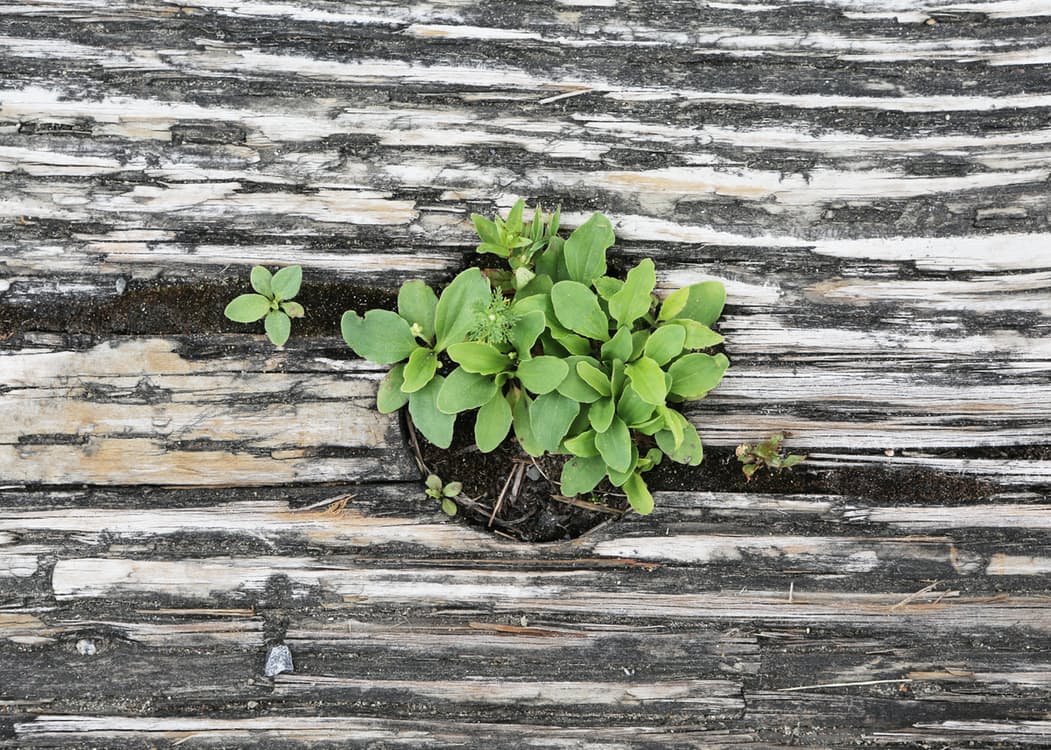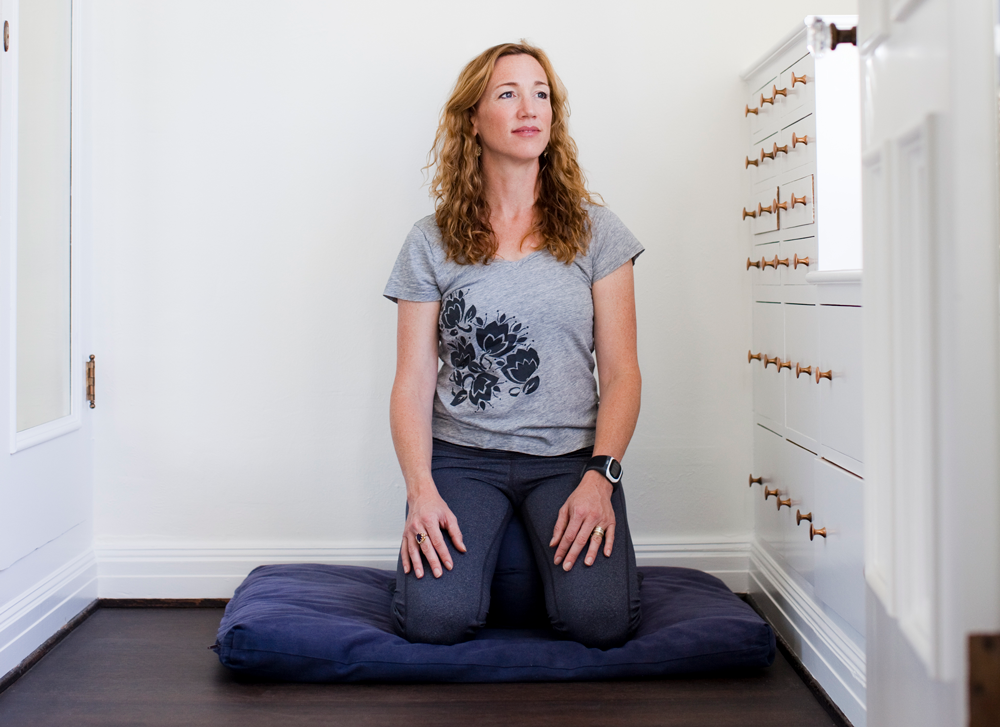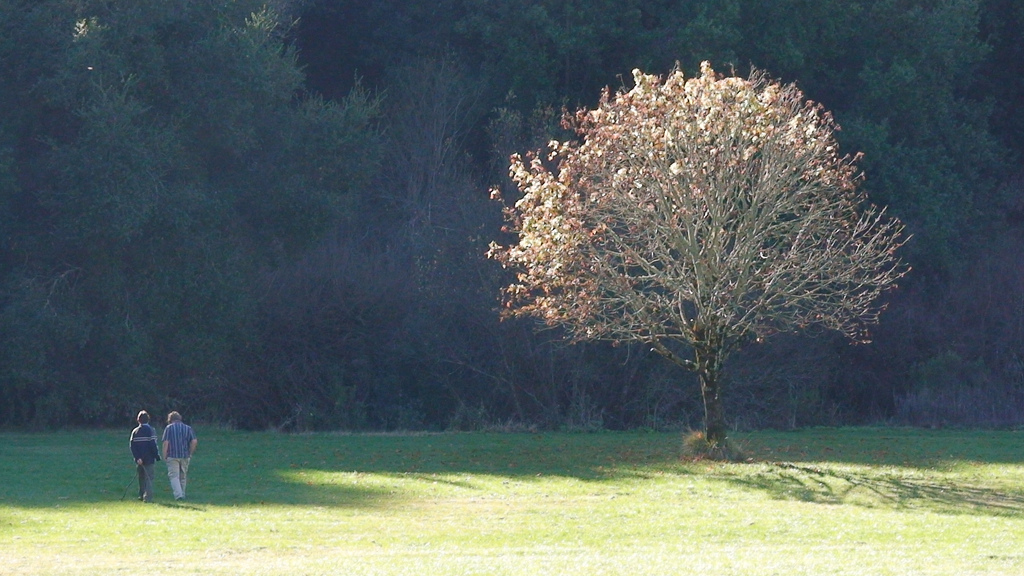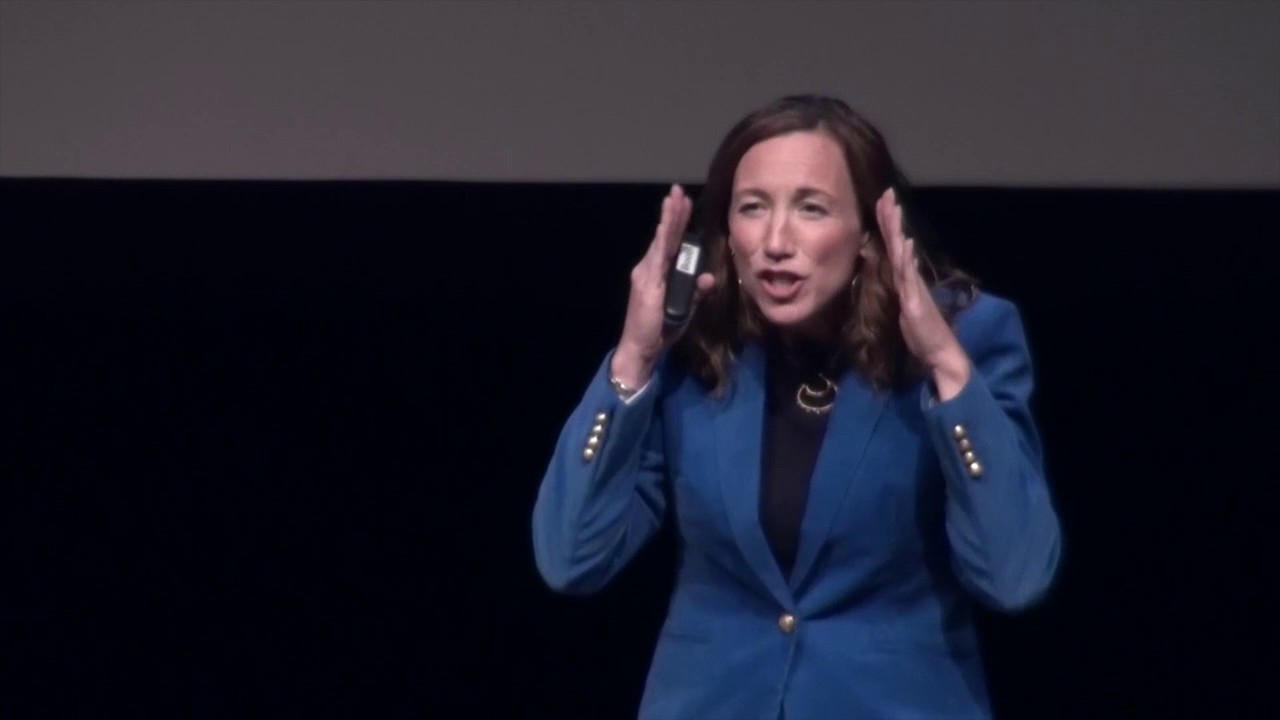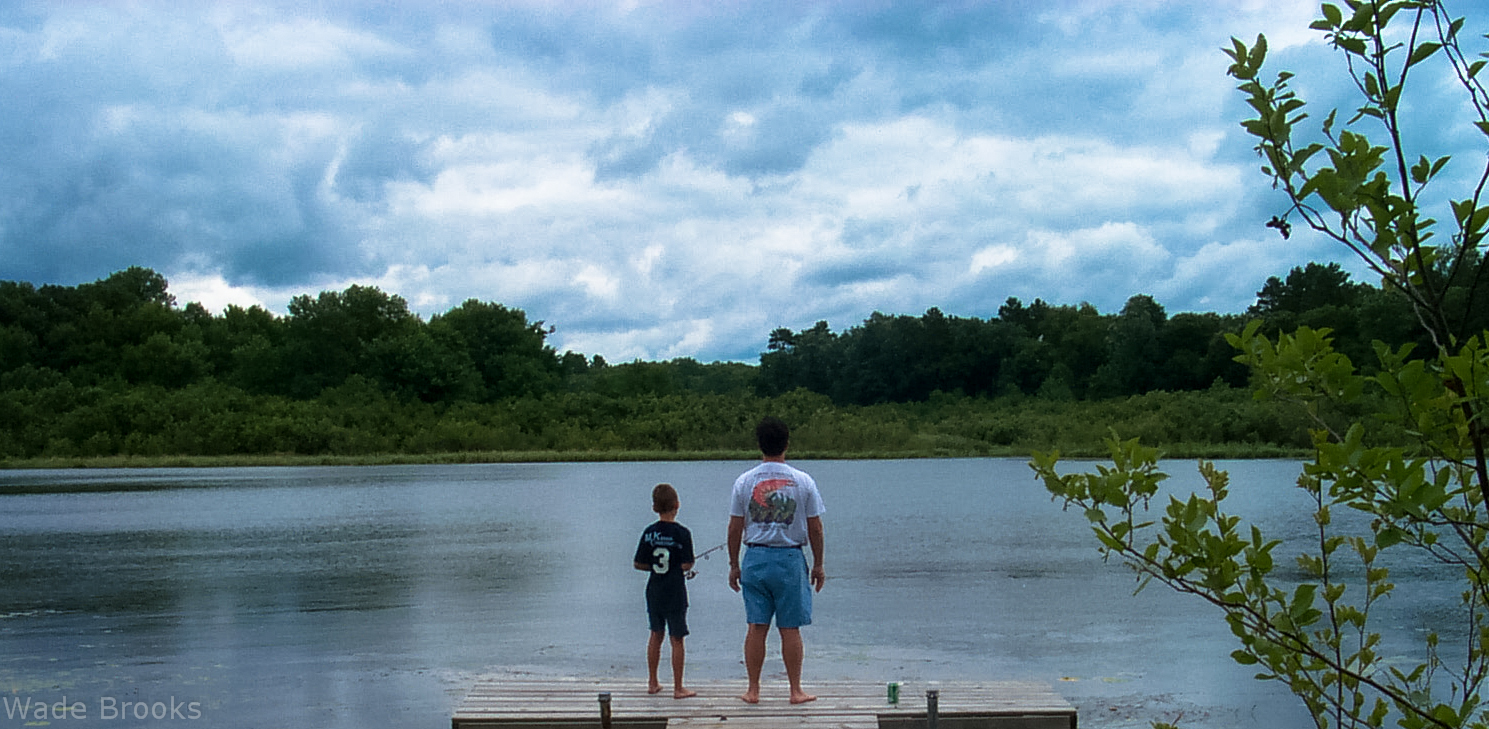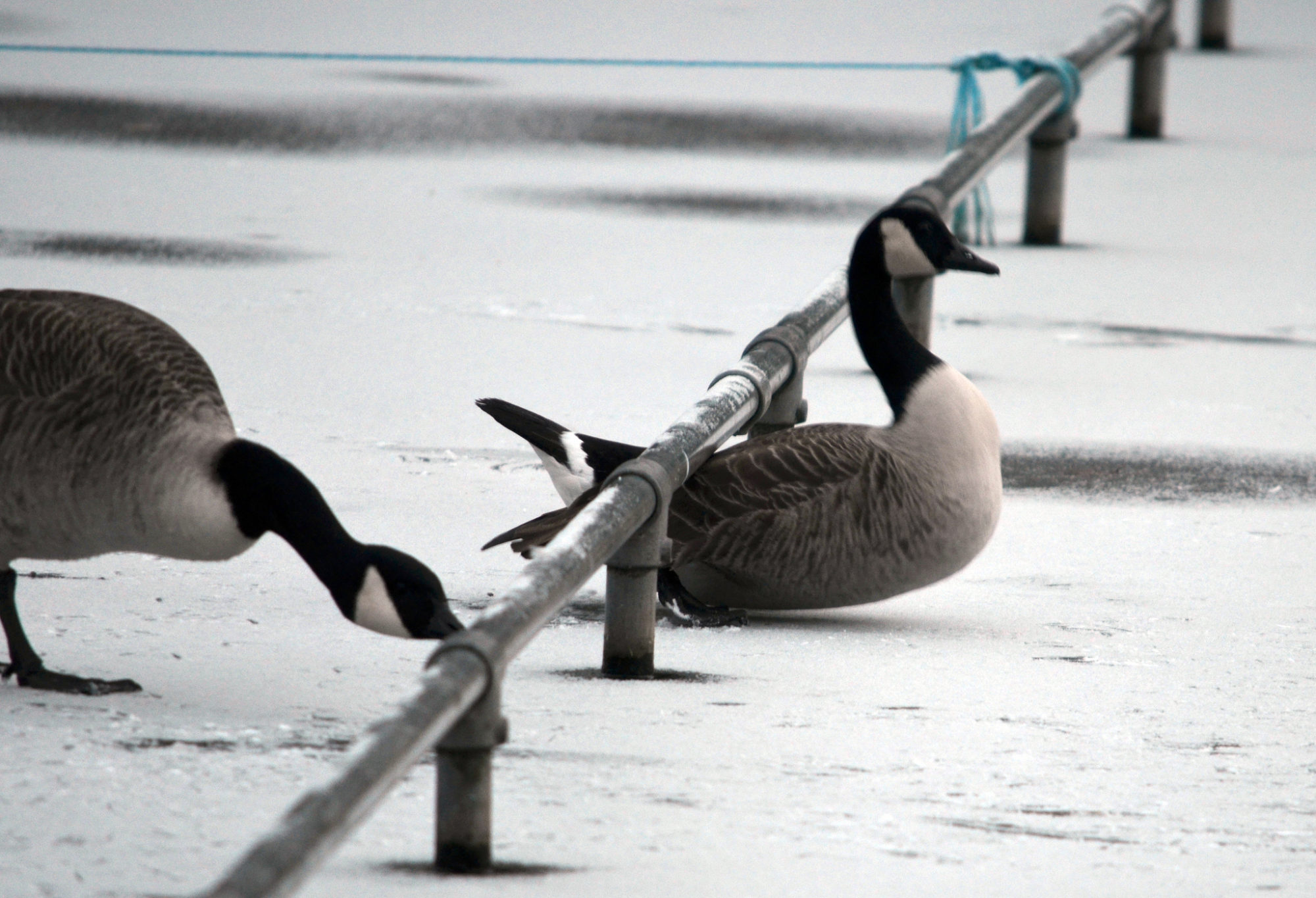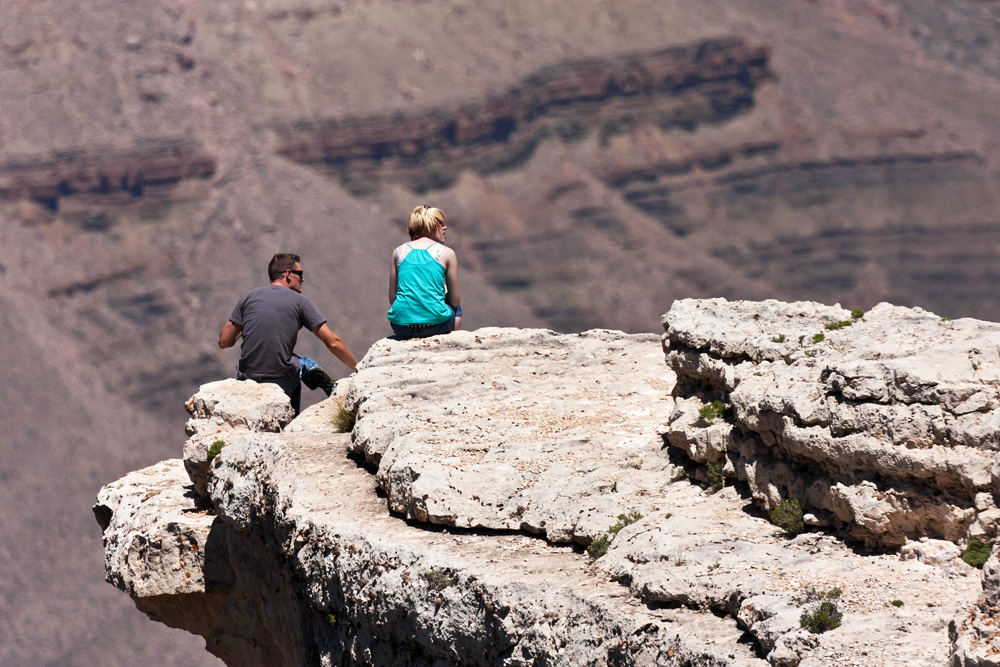A little while ago at a birthday soiree, I got to sit across from one of UC Berkeley’s cutting-edge ocean researchers.
I asked him to explain to me how climate change is affecting fish populations, and he responded by saying that “climate change is happening too slowly.” He lamented that while it is true that marine life as we know it will effectively be “dead by 2050,” the die-outs are happening too gradually for most folks to care enough to change.
Uh, I don’t know about you, but 2050 doesn’t seem that far away. That doesn’t seem like slow change to me; it seems dramatic, and tragic.
This really lit a fire under my tuna-eating self*. But seeing an oncoming train and actually stopping it are two entirely different matters. I could list a hundred — no, a thousand — small things that we could all do today to stop the climate change train-wreck from happening…but will we actually do them?
For most of us, changing our habits — reducing our reliance on disposable water-bottles, for example — is a lot like intending to lose weight or exercise more. We may have a very strong desire to be thinner, or a deep conviction to hit the gym regularly, but most people don’t actually succeed in eating less or working out more often over the long term.
Why is it so hard to change, despite our good intentions?
Because change takes willpower, and our willpower is limited. Our brains are more or less hard-wired in a way that makes it difficult to change our wasteful ways.
Sometimes the best thing that we can do for the environment is to reduce our own stress. Share on X
Thankfully, research has been shedding light on many of the brain mechanisms that tend to foil us, so we CAN outsmart our brains. Here’s how:
1.) Beware of moral licensing. Moral licensing occurs when we behave virtuously and then “cancel out” our good deeds by doing something naughty. When we behave inline with our goals and values — whether it’s as large as trading in our truck for a Prius or as small as not taking a plastic bag at the grocery store — ironically, we risk back-sliding.
Consciously or unconsciously, we tend to feel that healthy or virtuous activities entitle us to partake in less-good (for us or for the earth) activities. Smokers will smoke more, for example, when they believe they’ve just taken a vitamin C pill. Similarly, philanthropists tend to give away less money after they’ve been reminded of their humanitarian attributes. One study even found that after people buy eco-friendly products, they’re more likely to cheat and steal! (New research suggests that some of us are more prone to moral licensing than others. My GGSC colleague Emiliana Simon-Thomas explains here.)
Instead of giving yourself a pat on the back for your own good behavior, avoid the “licensing effect” by reflecting on your goals and values rather than your accomplishment. Why did you ride your bike instead of drive? What larger mission are you trying to fulfill? Questions like these can help us stay focused on what we are trying to achieve instead of sabotaging our own efforts.
2.) Structure your environment to minimize the number of decisions you need to make. Every little decision we make takes a little out of our willpower reserve. Low willpower means that you are likely to do what is familiar rather than something more earth-saving.
Outsmart this brain boobie-trap three ways: First, pre-decide as much as you possibly can (where you will go, how you will get there, what you’ll bring with you, etc.). So instead of deciding whether to drive or walk to work in the morning right before you leave, commit to the decision to walk the night before.
Second, and this is the critical part: Structure your environment to support your decision. Put your work shoes deep in your backpack and your walking shoes by the door. Knowing that you are going to be tempted to drive, put your car keys in an inconvenient place you won’t want to venture to in the morning. (Have access to a dusty attic? That’d be perfect.)
Finally, make a specific plan for what you will do when challenges arise (and they will). If you wake up to find it raining, pre-decide that you’ll wear your blue rain jacket and take that huge golf umbrella your dad left in the closet. If you wake up late, pre-decide that you’ll ride your bike instead of drive. Etc.
3.) Reduce your stress. To boost follow-through on our good intentions, we need to relax. When we are stressed, our brains (kindly) try to rescue us by activating our dopamine systems. A dopamine rush makes temptations more tempting. Think of this as your brain pushing you toward a comfort item… like that easy taxi to work rather than the less-than-comforting subway commute.
As Kelly McGonigal writes, “Stress points us in the wrong direction, away from clear-headed wisdom toward our least-helpful instincts.” When we’re relaxed, we’ll choose the locally grown organic apple. When we’re stressed? Whatever is most convenient, even if it doesn’t fit our environmental goals.
The takeaway: Sometimes the best thing that we can do for the environment is to reduce our own stress (read this post for more stress-reduction tips).
*For the record: I try to eat wild-caught tuna when possible. But I’m not patting myself on the back, because that might lead to moral licensing (see tip #1).

